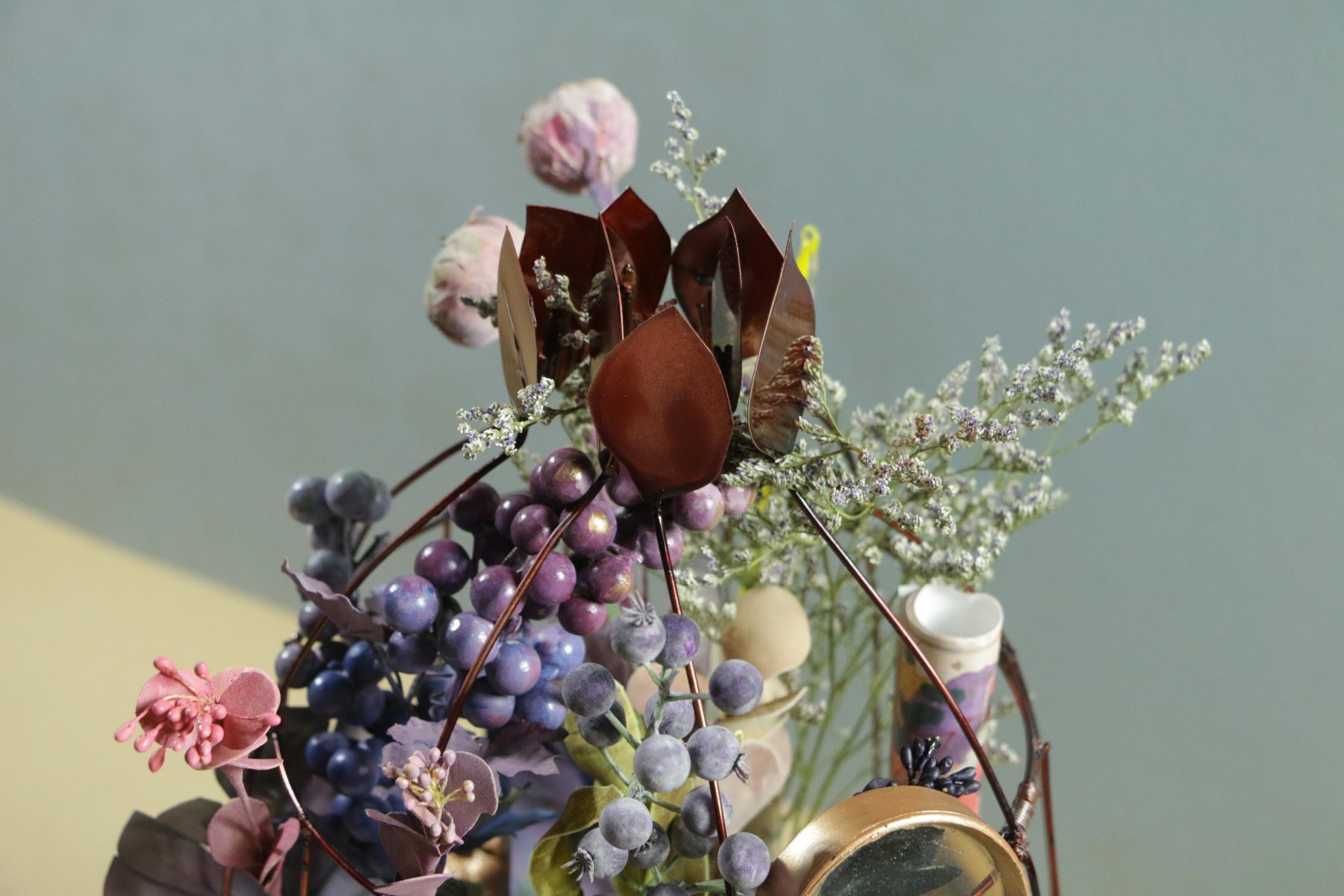What are my directions and interest?
I have been quite interested in the use of sound or wind (natural elements) in interactive works recently. I’m also interested in the use of physical materials in nature, to bring back the use of all our sensors when experiencing a space. Also.. because of my FYP (Help me, talk to me about it).
Anyway, Few topics and interesting finds that comes into my mind are:
Recording the Sounds of Extinction
Bernie Krause has been recording wildlife sounds, or “soundscapes,” for over forty years. He’s amassed the largest archive in the world, and in doing so, can chart how wildlife sounds have changed over the course of climate change. Listen for yourself: the rising silence speaks volumes.
To me, this was interesting because we often forget the importance of sounds. The importance of listening and realising that what we hear now is actually changing and might disappear very soon from our “space”.
The Forest is Bigger
Another project I found recently was this mechanical woodpecker. From my “bad” translation (google translate, i’m sorry HAHA), this project talks about our perspective of the size of the forest. How the human population is growing and because of that, how we view the size of the forest. How we seem to shrink when we enter a forest. Is the forest big? Is it growing, is it changing? (please tell me if I’m wrong)
It will be interesting experience 20 or more of this tiny woodpeckers just hitting the trees. What kind of sound scape will they create? Will this open up our awareness of the space? As we search for the tiny birds, will we start noticing and appreciating the little details in our environment? Maybe..we can work towards creating a structure that bring the birds and creatures closer to the visitors and to amplify their voices ?
BLOOMS: Strobe Animated Sculptures Invented by John Edmark
Blooms are 3-D printed sculptures designed to animate when spun under a strobe light. The bloom’s animation effect is achieved by progressive rotations of the golden ratio, phi (ϕ), the same ratio that nature employs to generate the spiral patterns we see in pinecones and sunflowers.
To learn how blooms are made visit: instructables.com/id/Blooming-Zoetrope-Sculptures/
This is so hypnotic…I’m just absorbed into this art-piece. The way it shifts and changes, it’s so elegant and strangely familiar. It was interesting to see and I really appreciate, how the artist took the time to learn, the data of the structure, behaviour and functions of nature’s design. This might also be a direction for our 2nd project as it links to our obsession with textures and shape in project1.
The Origin of Stripes
I really like the use of material here and how it is connected. This looks easy to construct but if you look into detail of this randomness, it has lots of thought, how they engage and how the structure grows and form into this organic (coral looking) structure. This looks so difficult now!
